Some council services will be unavailable over the Christmas and New Year break.
Check if you need to apply or order before Friday 19 December 2025.
Some council services will be unavailable over the Christmas and New Year break.
Check if you need to apply or order before Friday 19 December 2025.
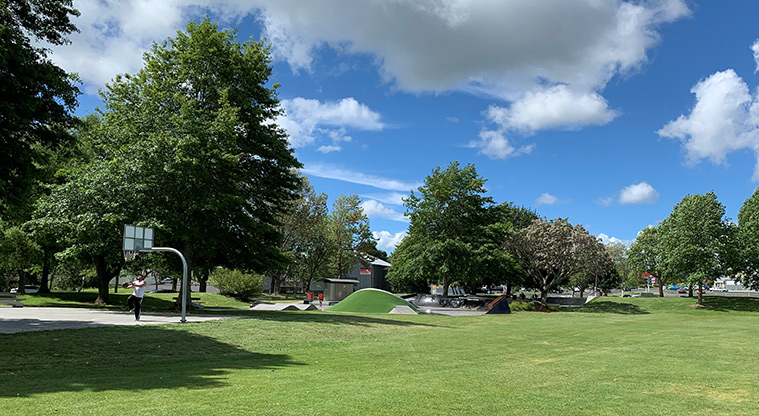
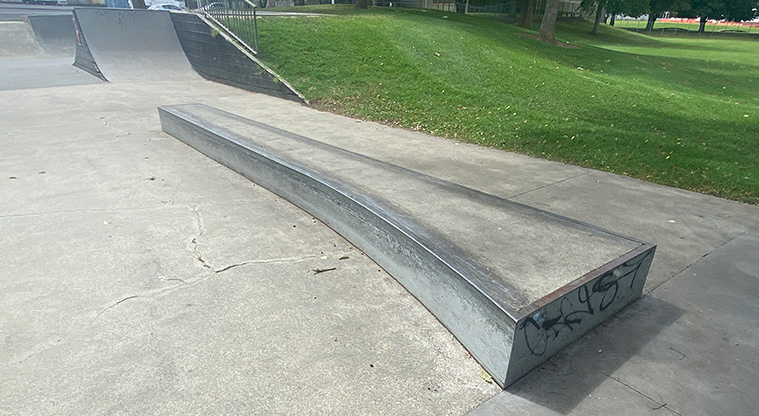
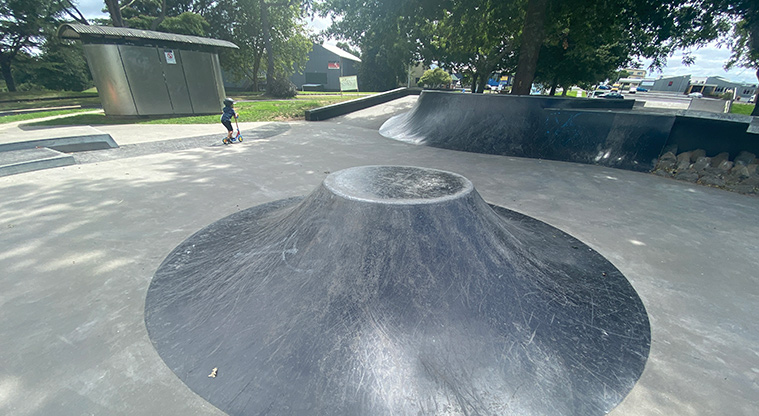
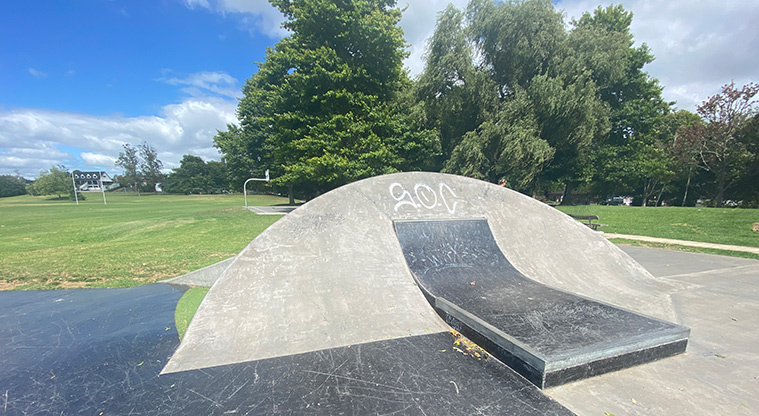
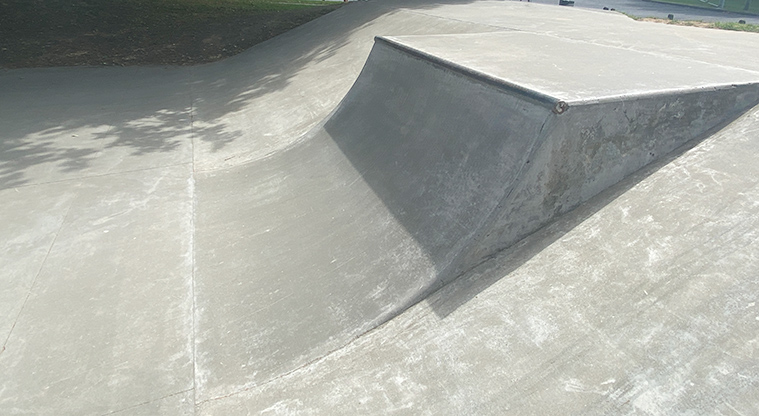
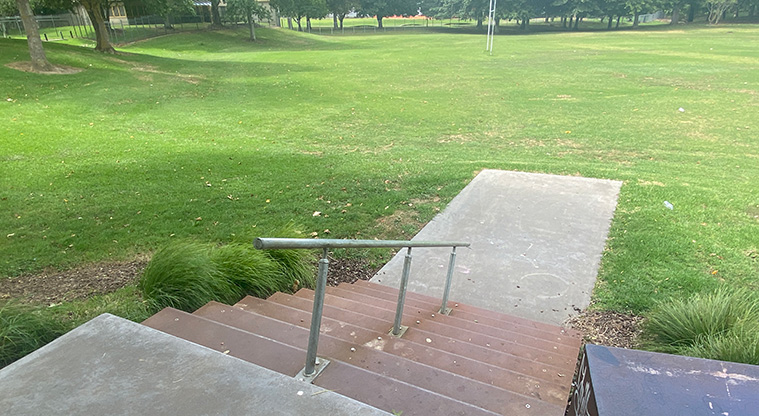
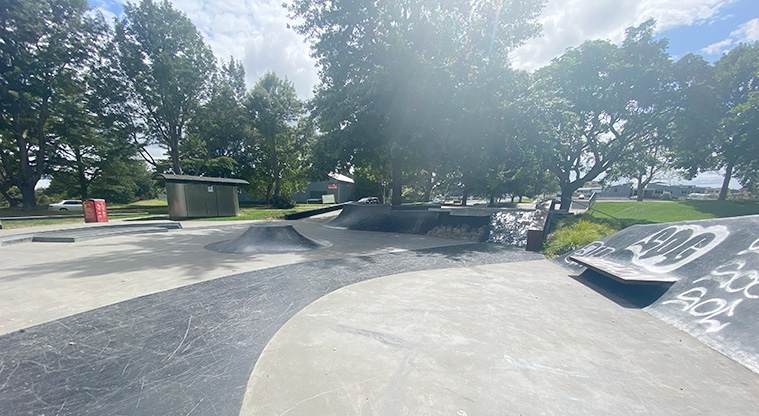
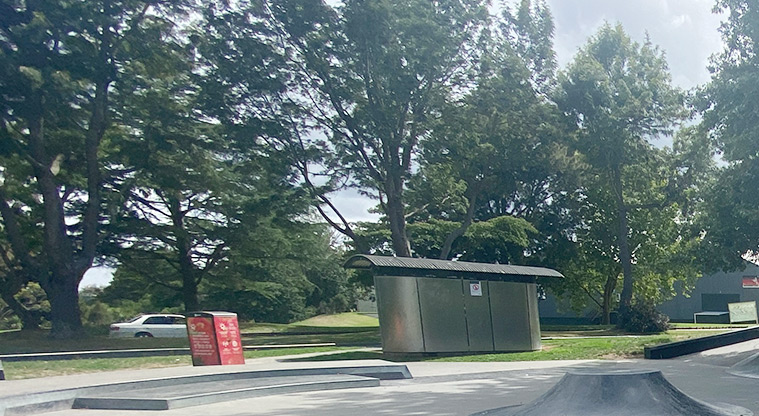
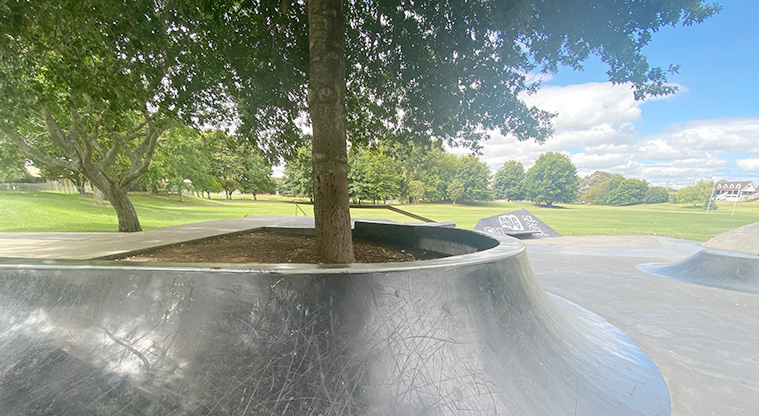
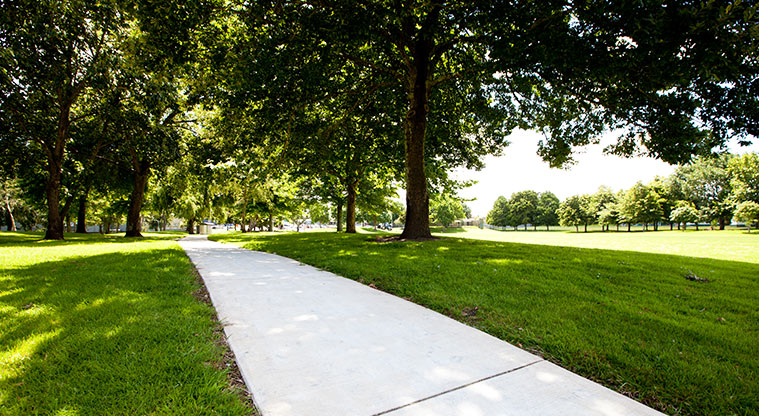
Great park with large open spaces, lots of trees for shade, and sports fields.
Access the car park from Elliott Street. Pedestrians can also access from Ray Small Drive and Mossford Green.
A playground, basketball court, skate park, accessible toilets, seating, and a car park with mobility parking are inside the park.
You need to know
Animals
Dogs must be on leash at all times in our parks unless otherwise stated in the dog walking section.
Alcohol
Alcohol is banned from some public places in Auckland. See Alcohol bans to find out the rules for each park and view ban maps.
Smokefree parks
Our parks are all smokefree.
Waste
Use bins where provided to dispose of your rubbish. If there are no bins take all rubbish and recycling with you when you leave.
Outdoor fires
It is illegal to light open fires in public areas in the Auckland region.
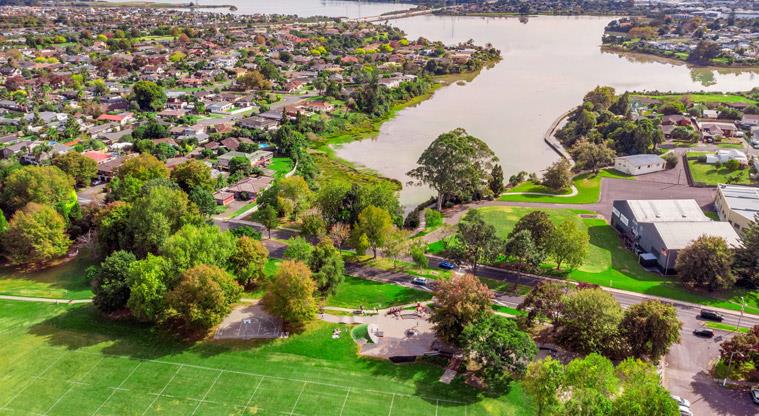
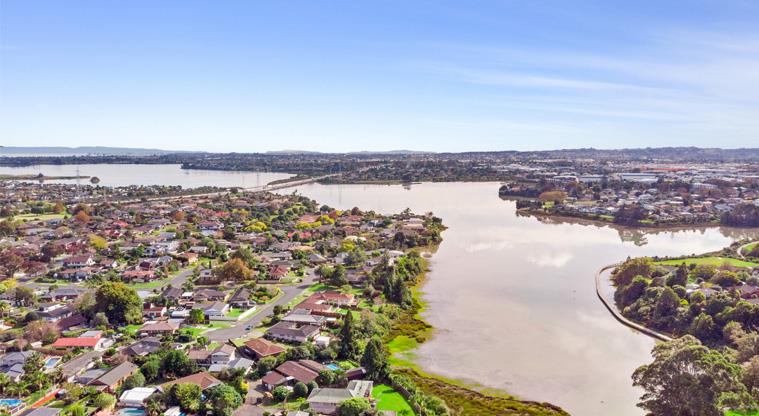
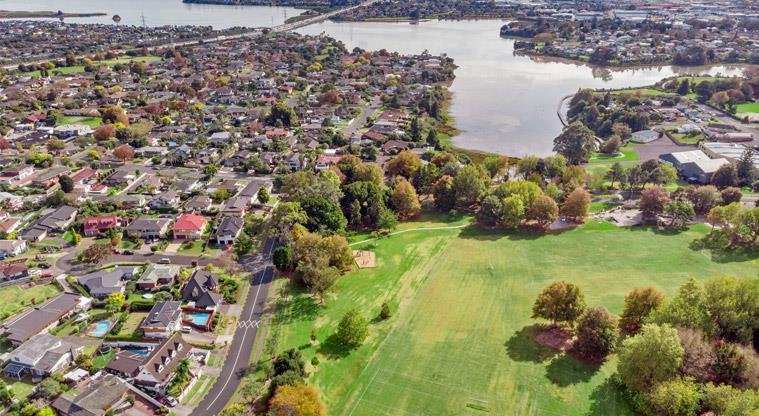
Ko te tikanga o Otaawhati, ko te ‘whatinga me te paringa o te tai’. Ko te whakaraapopototanga teenei o te ingoa, araa, o Taawhati o Ngaa Tai e whakaatu ana i ‘te waahi i whati ai te tai’. E haangai ana teenei aahuaranga ki te puuwaha o Pahurehure.
Ko teenei puuwaha me ngaa arawai e taiaawhio ana i a ia ka noho hei waahi taapua aa-ahurea, aa-tuupuna, aa-taketake, aa-wairua, aa-tikanga hoki ki ngaa iwi o te rohe paatata. He waahi pai hei whakatutuki i ngaa tikanga peenei i te mahinga kai me te whakarewa waka.
Naa te aahua o ngaa tai i maamaa ai te kohikohi maataitai i te waa e timu ana ngaa tai, aa, i nui ai hoki te tere mai a ngaa momo ika peenei i te kanae me te kahawai i te paringa mai o te tai.
Ko ngaa iwi o te rohe paatata i whakatuu kaainga taupua i oona tau, i whakatuu kaainga puumau, i whakatuu paa hoki huri noa i Pahurehure.
Ka whai waahi ki ngaa koorero tuku iho a te mana whenua ngaa koorero moo ngaa waka maha e tere ana, e huri ana hoki i konei. He waahi matua te puuwaha e whakarewa ai ngaa iwi i ngaa waka i tooia mai raa i Huunua kia tere ai raatou ki Te Maanukanuka o Hoturoa. Naa konei i pai ai te haaereere a ngaa iwi o te rohe paatata ki aatahi atu kaainga, te toro atu ki ngaa waahi hirahira i reira raa ngaa mahinga kai, te tere tonu atu hoki ki te awa o Taamaki, otiraa, ki Te Waitemataa, e puta haere ai ki te raki.
Araa teetahi koorero noo tuawhakarere e kii ana, ko te ingoa taketake mo Te Maanukanuka o Hoturoa, ko ‘He Manukau Noa Iho’, araa, ‘he manu kau noa iho’. E koorerotia ana te waa i taunaha tuatahitia ai te whanga. Naa ngaa hoihoitanga i rangona ai e ngaa kaihoopara tuatahi, i mahara raatou kua nohongia keetia te waahi raa, engari, naa te rangahau haere tonu ka kitea ake he manu kau noa iho i reira.
Ahakoa he maha tonu ngaa momo koorero e aa ana ki te takenga mai o te ingoa o Manukau, he whakaaturanga teenei koorero i te nui o te kai me te huhua o ngaa manu i tau mai ki teenei rohe me ngaa waahi e taiaawhio ana i te rohe nei I toona waa.
Otaawhati means ‘the ebb and flow of water’. It is a shortened version of the name Taawhati o Ngaa Tai translated as ‘the place of the ebbing tide’. This is in reference to the adjacent Pahurehure inlet.
This inlet and surrounding waterways are of immense cultural, ancestral, traditional, spiritual and customary significance to local iwi. It was an ideal site for cultural practises such as mahinga kai (food gathering) and launching waka (canoe).
The inlet’s tidal influence allowed easy access for shellfish gathering during the low-tides, and an influx of fish species such as kanae (mullet) and kahawai on the incoming tide.
Local iwi had both seasonal and permanent kaainga (settlements) and paa (fortified settlements) around Pahurehure.
Traditional histories of mana whenua refer to the many waka travelling in and around here. The inlet was crucial for iwi to launch waka brought down from Hunua so they could travel into the Manukau Harbour. This allowed local iwi to travel to other kaainga, access important mahinga kai sites, or continue onwards to the Taamaki River and thus the Waitemataa to venture north.
One ancient story refers to the original name for the Manukau Harbour as ‘He Manukau Noa Iho’ meaning ‘only just birds’. It refers to the story of when the harbour was first discovered. The original explorers thought the area was already inhabited from the noise they heard but upon further investigation discovered it was only just birds.
Although there are several differing stories relating to the origin of the Manukau name this one is reflective of the bounty and sheer number of manu (birds) that once existed in and around this area.
Always follow the rules on where you can walk your dog on our website even if the information on park signs does not match. Call us on 09 301 0101 if you need help.
Read more about the dog access rules in Policy on dogs.
| Image of dog sign | All TimesAll Times |
|---|---|
| Prohibited All times |
| Image of dog sign | All TimesAll Times |
|---|---|
| On-leash All times |
| Image of dog sign | All TimesAll Times |
|---|---|
| Prohibited All times |
| Image of dog sign | All TimesAll Times |
|---|---|
| On-leash All times |
| Image of dog sign | All TimesAll Times |
|---|---|
| On-leash All times |
See the Auckland region dog access rules that cover other public areas.
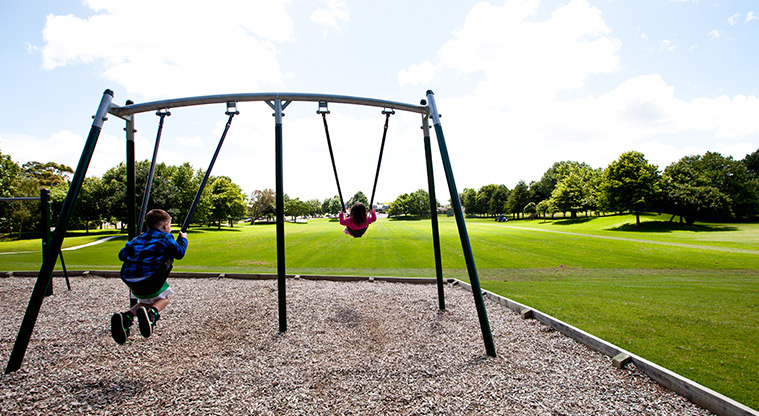
The bark playground offers play experiences for younger children.
Older kids enjoy the nearby skatepark and basketball court.
Bark
Not fenced
Skate park safety rules
Our skate parks are not supervised.
Follow these rules to keep yourself and others safe:
This skate park has a quarter pipe, banks, ledges and a grind rail.
Skate park safety rules
Our skate parks are not supervised.
Follow these rules to keep yourself and others safe:
Contact us to report a problem at this park.